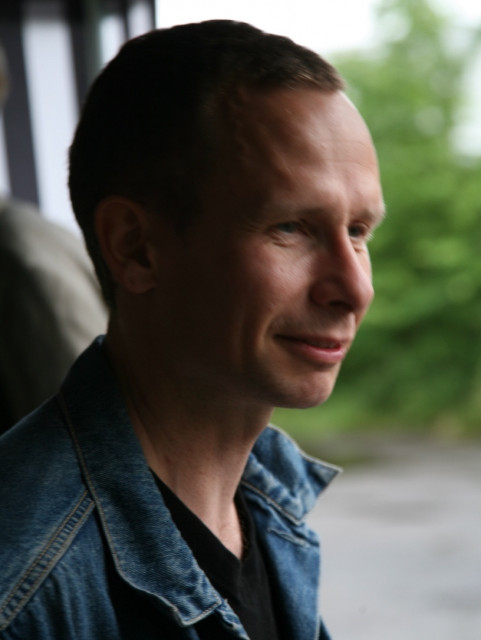Dark Light depicts two men who live in the same house, but in parallel universes, unaware of each other’s existence. One day, one of the men discovers a strange object while digging on the beach. When he brings it home it is revealed that the object allows the two to communicate with one another across dimensions.
The story investigates how, in our mundane everyday, there is infinite potential for discovery of magic in each little detail that surrounds us. The film is set and filmed in the Caribbean to highlight what Éduoard Glissant calls “errant thinking” which he describes as an “unyielding and unfading sacred.” The world remains opaque and mystery is abundant all around. If we are curious, we can dialogue with hidden life forms and life forces in our environment. Writing about exile, Glissant makes a difference between “circular nomadism” which is the search for the Other and “arrow-like nomadism” which is the strategy of expanding geographical territory. In circular nomadism identity becomes a motion towards freedom that can help us to find ourselves – much like the two characters in the film who find each other due to their curiosity towards their surrounding world.
The film takes inspiration from the artists Mira Schendel and Öyvind Fahlström. Both lived in different forms of self-imposed exile. Fahlström was a Swede born in Sao Paulo and lived most of his life in the US. Schendel was born in Switzerland and lived most of her active life in Sao Paulo. That both have an intimate relationship with the Brazilian megapolis is of importance since Dark Light premiered at the 33 Panorama da arte brasileira at Museu de Arte Moderna in Sao Paulo. Schendel’s work is present in the beginning of the film where the stencilled letters she often used appear floating down a stream, falling from the sky as well as being read by one of the characters at the breakfast table. Fahlström’s voice appears in the scene when the second character watches TV. Still the two artists are mostly present through their own adherence to Glissant’s ideas of errant thinking and circular nomadism. All three, like this film, look for a world where knowing is far less important than constant discovery and re-discovery.
Rent this work for public screenings

